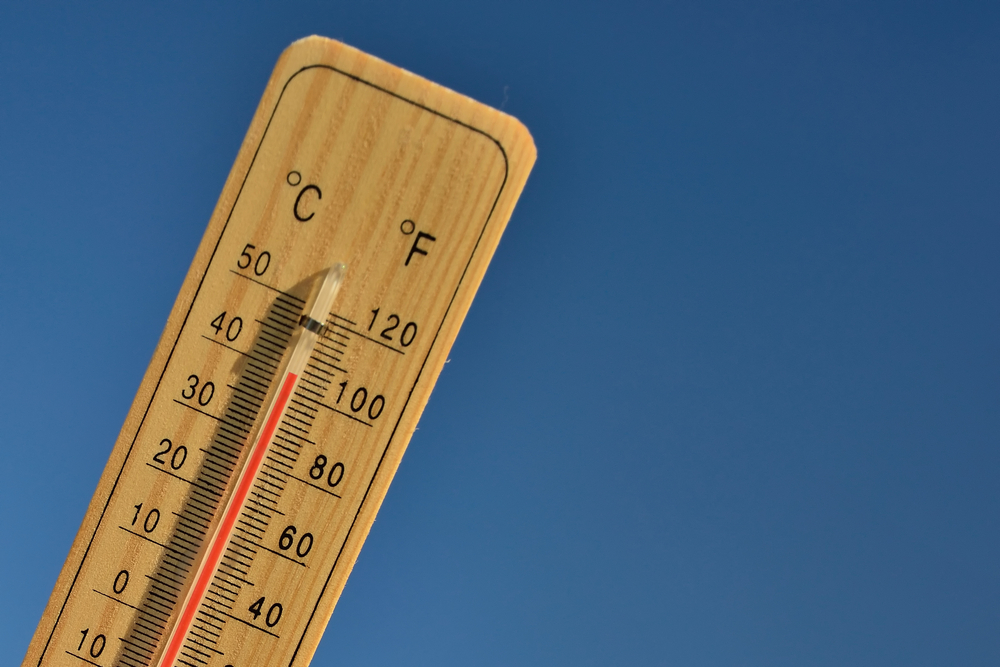Occupational Safety and Health Administration (OSHA) regional offices in Boston and Dallas have publicly cautioned employers within the past week to protect workers from the hazards of excessive heat. OSHA’s efforts in the past year to address workplace heat hazards have included a national emphasis program (NEP) of outreach, inspection, and enforcement, as well as a rulemaking to create the first federal standard for heat illness prevention.
On May 11, OSHA’s Region 6 office in Dallas reminded employers in Arkansas, Louisiana, Oklahoma, and Texas to take steps to protect their employees by:
- Encouraging workers to drink water every 15 minutes and take frequent rest breaks in the shade to cool down,
- Having an emergency plan for responding to signs of heat-related illness in workers,
- Training workers on the hazards of heat exposure and how to prevent illness, and
- Allowing workers to build a tolerance for working in heat through a program of acclimatization.
“In the past several years, OSHA’s heat safety campaign has been intently focused on raising awareness of the related dangers,” Regional Administrator Eric Harbin said in a statement. On October 1, 2019, OSHA’s Region 6 office issued a regional emphasis program (REP) for heat illnesses similar to the NEP issued this spring.
“Our recent national emphasis program is reaching out to unions, employers in target industries, and other organizations to protect workers most often exposed to heat illness and injuries,” Harbin added.
The regional office suggested that employers download the heat safety tool developed by OSHA and the National Institute for Occupational Safety and Health (NIOSH). There are also Android and Apple® iOS versions of the app for smartphones and mobile devices.
On May 12, OSHA’s Region 1 office in Boston issued a similar notice to employers in New England (Connecticut, Maine, Massachusetts, New Hampshire, Rhode Island, and Vermont).
Both regional offices cited Bureau of Labor Statistics (BLS) data showing there were 344 worker-related deaths from 2011 to 2019 in the United States due to environmental heat exposure. However, workplace safety and health researchers believe the actual number of heat-related fatalities may be underreported or misreported as another cause, such as heart attack, according to OSHA.
OSHA’s current efforts on occupational heat exposures accelerated with a September 20, 2021, announcement of an enforcement initiative and plans for the NEP and rulemaking. The agency issued an advance notice of proposed rulemaking on October 27 for a federal heat injury and illness prevention standard in outdoor and indoor work settings. OSHA also asked for stakeholder input on effective heat injury and illness prevention programs and controls, engineering and administrative controls, acclimatization protocols, and monitoring methods.
There is no current federal heat stress or heat illness prevention standard; the agency has cited employers under the General Duty Clause of the Occupational Safety and Health Act after investigating heat-related complaints, fatalities, and hospitalizations.
On April 13, Secretary of Labor Marty Walsh unveiled OSHA’s heat-related hazard NEP at an event with Vice President Kamala Harris.
Under the NEP, OSHA area offices can initiate inspections when the National Weather Service has issued a heat warning or an advisory for a local area. The NEP targets over 70 high-risk industries in a variety of indoor and outdoor work settings. Targets of the NEP include industries in the agricultural, construction, and manufacturing sectors, as well as automobile dealerships, postal service, and freight and rail transportation.
Under the NEP, agency compliance safety and health officers (CSHOs) may make self-referrals for compliance assistance or inspection if, during routine on-duty travel, they see workers at risk. OSHA also accepts referrals for inspection from the Labor Department’s Wage and Hour Division.

